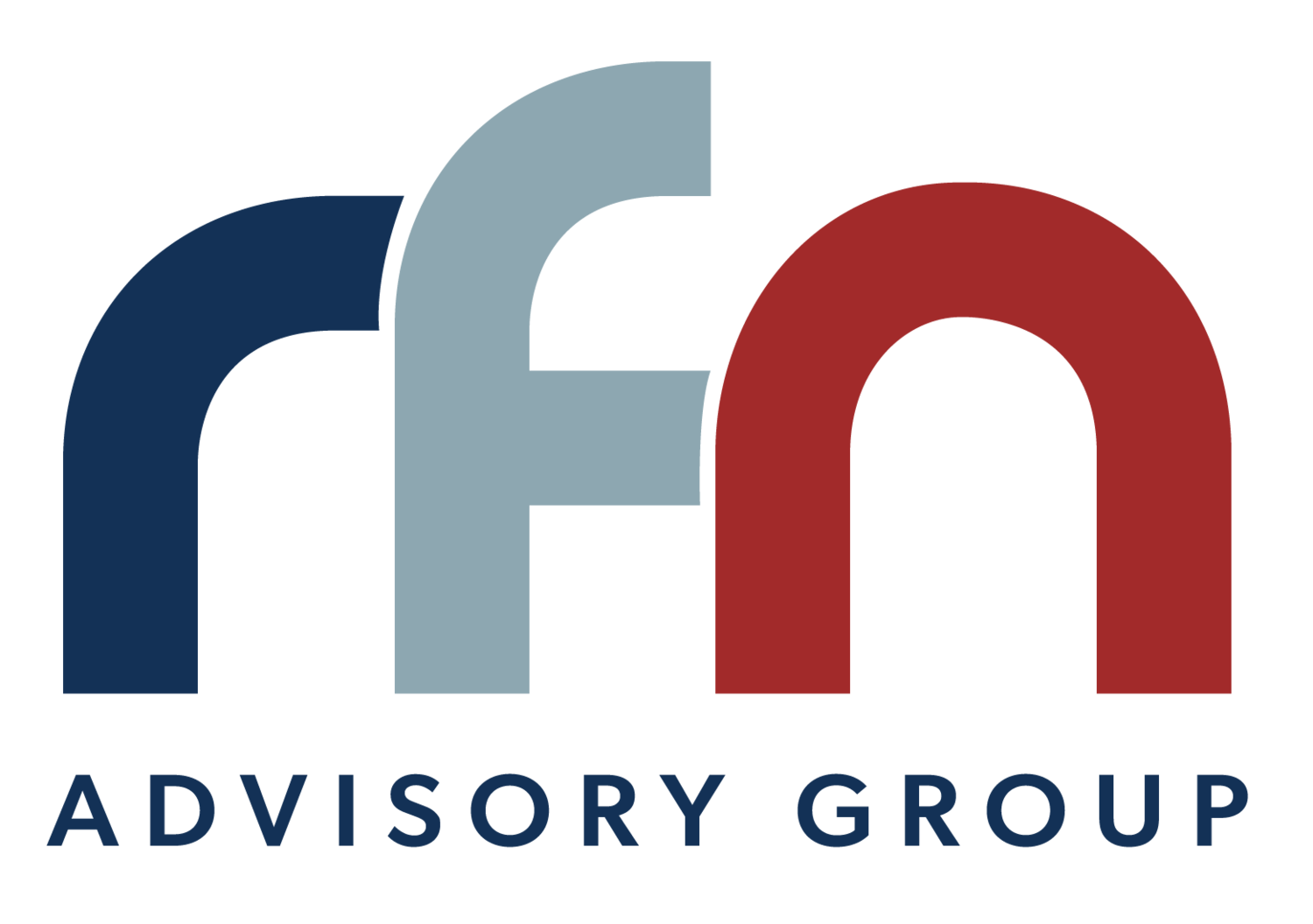The Link Between Psychological Safety and Business Culture
While skill and talent are important parts of any business, the culture in a workplace influences performance more than any other factor. A business with a culture rooted in psychological safety, that promotes continuous learning, goal setting and growth is going to be more successful than one focused on hiring a lot of people with impressive technical skills.
Prioritizing psychological safety has become increasingly important for savvy business owners and leaders, in recent years. In a psychologically safe workplace, teams don’t embarrass, reject, or punish other team members for sharing ideas, questions, concerns, or mistakes. This grace in turn, fosters a culture of creativity, curiosity and respect.
In a 2020 research paper on Norwegian SMEs, researchers were able to prove “psychological safety is positively associated with SMEs' innovation performance, and positively related to product-, process-, service-, and business model innovation capabilities.” In other words, when we feel safe and accepted as a team member, our willingness to take risks and learn from our mistakes increases along with our innovative drive.
Given how quickly our world – and the nature of work – is changing these days, it’s apparent that business owners and leaders’ success is increasingly tied to their employees’ dedication to continuous learning. This 2020 Forbes article discusses the importance of “not only encouraging learning across… teams but instill[ing] a culture of learning that serves as the foundation of the entire organization.” In our opinion, achieving this starts with the cultivation of psychological safety.
It’s imperative to make culture building in your company as interactive as possible. What does interactive look like? Asking people from every level of the company to sit down for a voluntary meeting and share their opinions and suggestions for how to improve company culture. More importantly, it looks like a leader or people manager being ready to act and follow through on those suggestions.
At RFN, we know an integral part of fostering psychological safety and healthy, effective teams comes down to making room for and then making use of diverse voices. Taking the pulse of an organization and then improving it starts by getting a true cross-section of experience, the footprint of the organization. We refer to this as a ‘maxi-min’ group – six to 12 people with different functions, experiences, ages and personality types. From the administrative assistant to the CEO, everyone has input that can contribute to bettering company culture and ultimately, the overall value of your business.
Once you’ve nailed down the cultural components, it’s time to create an action plan. This can look like sitting a supervisor down with every individual and crafting custom goals that function within the culture, or it can look like a generalized list of goals that allows your business to track its own progress. Whichever route you choose, stressing to your co-workers that the end game looks like a more collaborative, more successful workplace should be your main point.
For more information on harnessing the power of diversity and fostering psychological safety, check out these RFN Academy resources:
